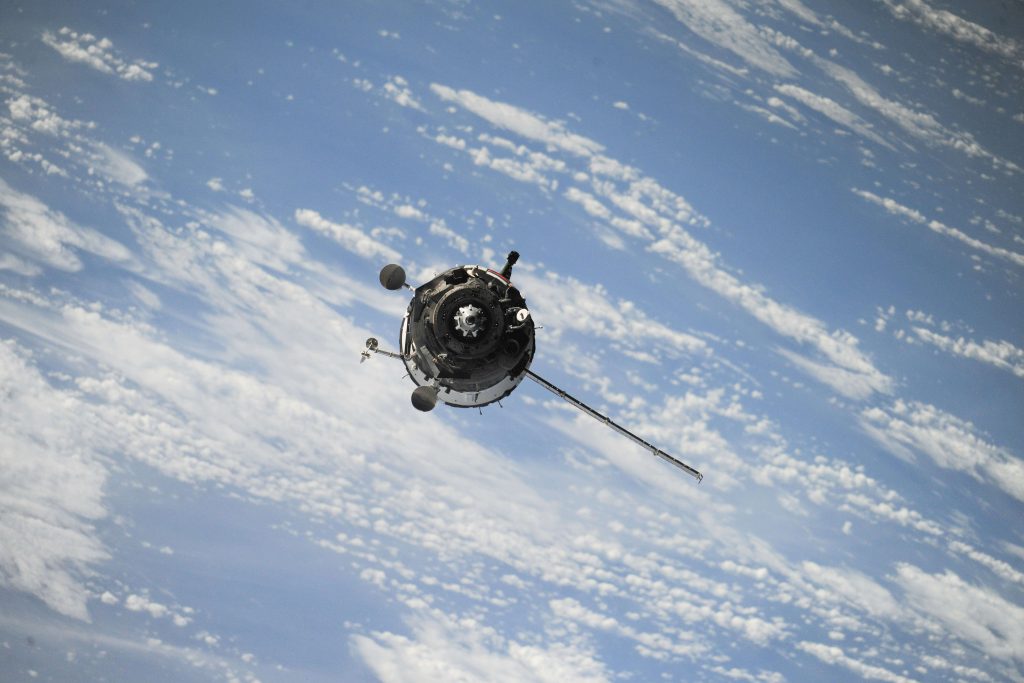In the vast expanse of space, where the boundaries of human exploration seem limitless, robotics stands as a beacon of innovation, enabling us to reach further and delve deeper into the mysteries of the cosmos. From rovers traversing distant planets to satellites orbiting celestial bodies, robotics plays a pivotal role in our quest to unlock the secrets of the universe.
As we gaze upwards, contemplating the stars and planets that dot the night sky, it’s easy to forget the intricate dance of technology and engineering that allows us to explore these distant realms. Space exploration presents a myriad of challenges – extreme temperatures, vacuum conditions, and vast distances – yet robotics rises to the occasion, offering solutions that defy the limits of human endurance.
One of the most iconic examples of robotic exploration is the Mars rover program. For decades, these intrepid robots have roamed the Martian surface, collecting data, conducting experiments, and sending back breathtaking images of the Red Planet. From the pioneering Spirit and Opportunity rovers to the more recent Curiosity and Perseverance missions, each rover represents a triumph of human ingenuity and technological prowess.
But it’s not just Mars that captures our imagination. Robotic spacecraft have ventured to the far reaches of our solar system, visiting gas giants like Jupiter and Saturn, and even venturing beyond the confines of our sun’s influence into interstellar space. These missions have expanded our understanding of the cosmos, revealing new insights into planetary formation, solar dynamics, and the potential for life beyond Earth.
Closer to home, robotics plays a crucial role in supporting human spaceflight missions. From robotic arms that assist astronauts with maintenance and repairs on the International Space Station to autonomous spacecraft that deliver supplies and equipment to orbiting outposts, robots are indispensable partners in our ongoing exploration of space.
Looking to the future, the role of robotics in space exploration is poised to expand even further. With plans for crewed missions to the Moon, Mars, and beyond, robots will play a vital role in paving the way for human exploration, scouting landing sites, building habitats, and conducting preliminary experiments in advance of human arrival.
In conclusion, the synergy between robotics and space exploration is a testament to the power of human curiosity and technological innovation. As we continue to push the boundaries of what’s possible, robotics will remain at the forefront of our quest to unlock the secrets of the cosmos and explore the final frontier.




